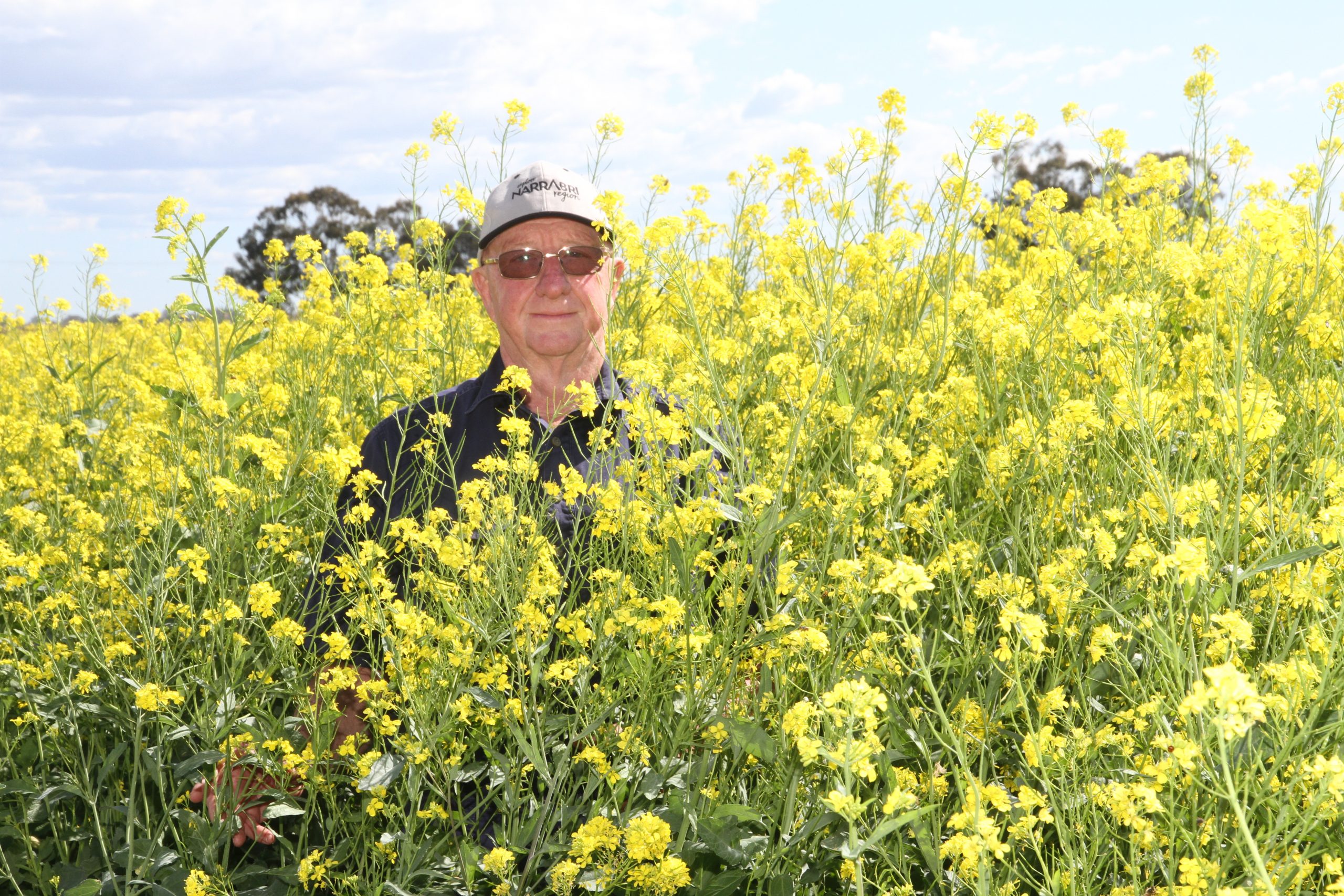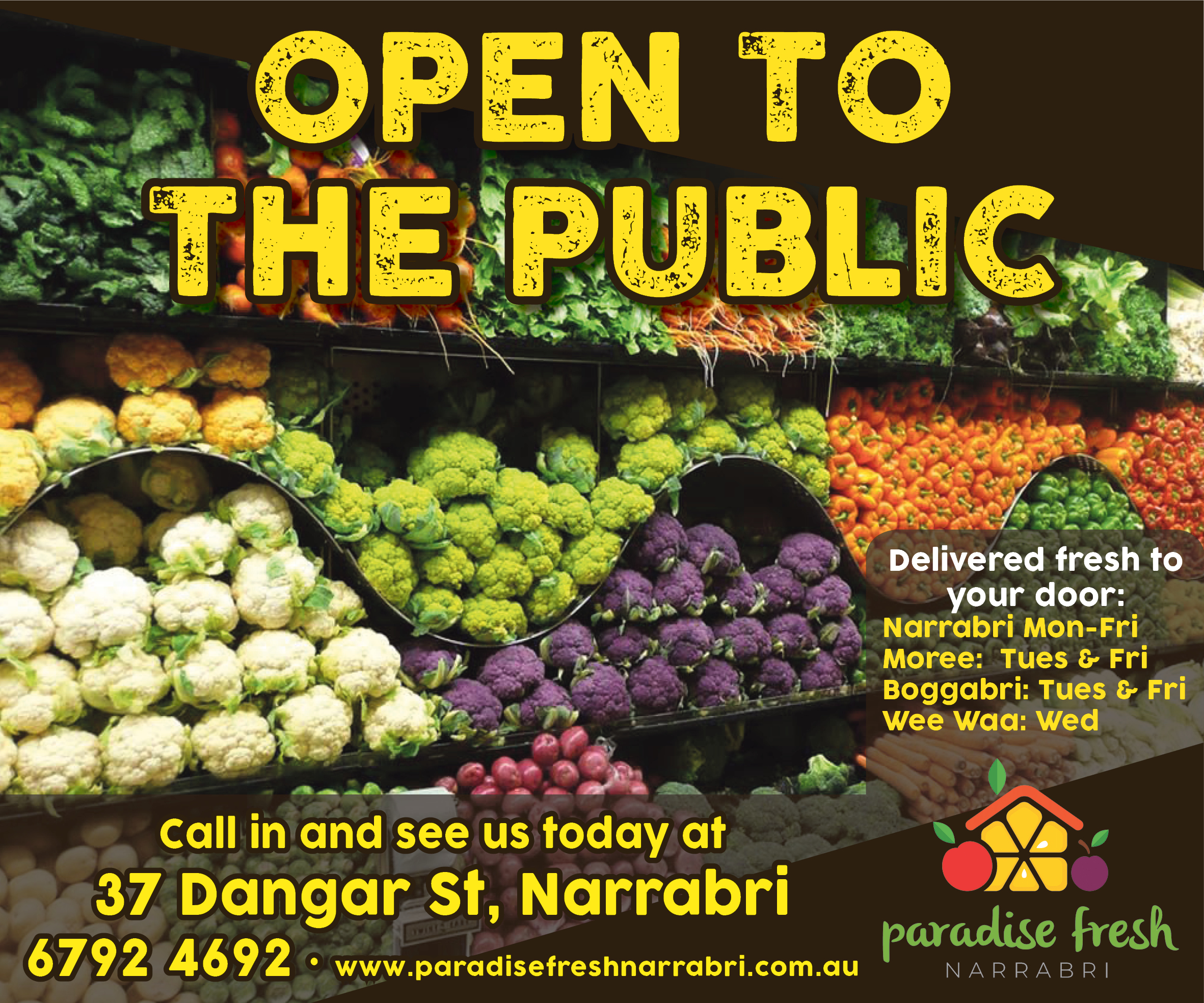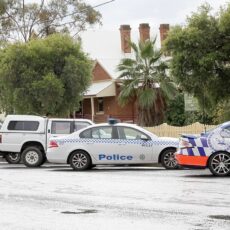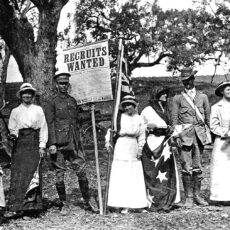Researcher Graeme Rapp has a vision for the future of this region, powered by Indian mustard – a crop he is convinced has the potential to be a boon for farmers and also underwrite a boom in local business and industries.
Others, farmers and researchers, share the vision and Mr Rapp’s enthusiam.
He has been pursuing the Mustard project for several years and next week will lead a tour to three district properties where farmers have been growing two commercial mustard varieties for a commercial processor of Indian mustard.
Following the farm visits, growers and interested farmers and researchers will attend a preview of new Indian mustard lines at the University of Sydney Plant Breeding Institute.
“This is the next stage in this exciting project,” Mr Rapp said.
“It is really happening and I believe the sky is the limit in the value mustard will bring to this and other regions.”
Mr Rapp sees massive commercial spin-off benefits from mustard and wants Narrabri Shire to be at the epicentre.
Narrabri Shire Council has been a great supporter of the mustard initiative from the beginning.
Apart from its benefits to farmers, as a hardy – and valuable – crop for dry climates and a natural biofumigant, mustard seed’s extraordinary potential lies in the many uses for its oil and meal, Mr Rapp said.
As a biofumigant it adds value to future cereal crops.
“Mustard seed oil and meal can be used for a huge range of very high value products from pharmaceuticals to veterinary products, industrial products to food and food supplements, flour, meal, as a food extender, and from bioplastics to biofuel,” Mr Rapp said.
“For instance, imagine an aircraft manufacturer using bioplastics in airframes, made at a plant in Narrabri shire.
“We initially thought Mustard’s main application would be for biofuel,” said Mr Rapp.
“It is now clear that, ironically, biofuel is the least lucrative of mustard seed oil’s potential uses.”
The mustard project has been moving quietly ahead, drawing support from farmers who have offered to have trial plots on their properties, the appointment of a Sydney University business manager to advise on commercial development as the project progresses, interest from Utilitas Group which develops regional BioHubs that create energy, jobs and value from organic waste, and ‘seed funding’ from Sydney University to take the project further.
“The 14 Indian mustard lines, developed at the Sydney University Research Station, are being seed increased this year for project work 2021-23,” said Mr Rapp.
“In 2021 to 2023 we are looking at eight environmental sites across NSW to see exactly which environments these lines will be best suited for.
“Once this work is complete then Sydney University will be in a better position to release new varieties of Indian mustard. The development of new lines will be ongoing.
“That information will go into a data base and we will determine what the yields are like, glucosinalates and oil, among other characteristics so we can fine tune one of those lines specifically for a particular environment.
“In Narrabri district we will be undertaking agronomy trials at the Sydney University Plant Breeding Institute, looking at a range of different possibilities like sowing times and fertiliser rates, and other measurements to determine the biochemical pathways to the compounds we are looking for like glucosinalates.
“There is much to be done in the next three years,” said Mr Rapp.
“There is a lot going on at the moment behind the scenes but more will start to emerge next year.”
Among those on the site tours next week will be people from Southern Cross University and Australian Mustard Oil who have seed increase plots at the PBI.
Others who can’t attend next week because they are interstate or overseas include a representative from Utilitas.
“This year has been a build up year and we are ready to move into 2021 to 2023,” said Mr Rapp.
To order photos from this page click here





